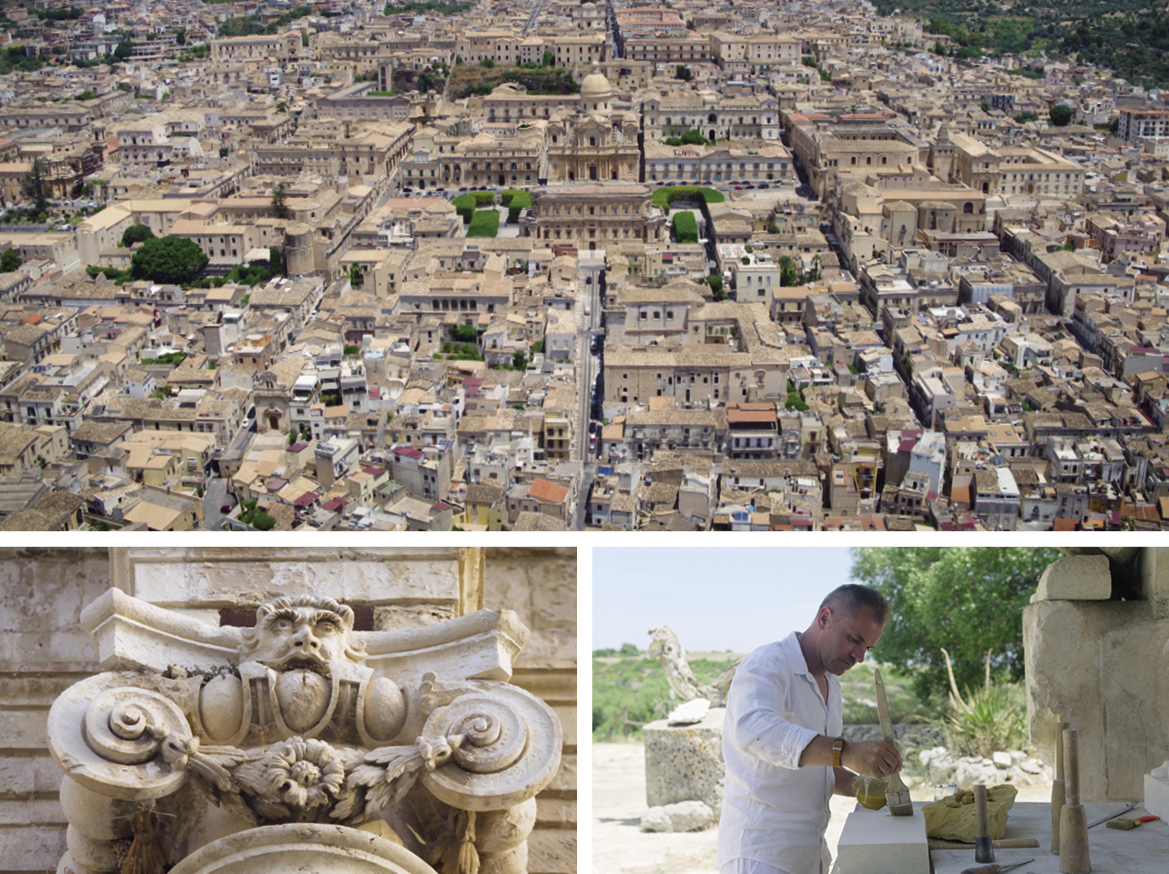NOTO – A GARDEN OF STONE

After a devastating earthquake in the 18th century, a wonderfully unique form of European Baroque emerged in the Sicilian city of Noto. A journey to the southeast of the island and to the origins of "barocco siciliano".
In 1693, a devastating earthquake destroyed the city of Noto in south-eastern Sicily and with it its ancient Greek, Roman, Arab and Norman heritage. But just decades later, residents and visionary architects built a new Noto just a few kilometres away, an architectural gem that was declared a UNESCO World Heritage Site in 2002. Five residents of Noto open their doors to show us the city's artistic and cultural treasures and special features. Typical of Noto: the conflict-ridden yet constructive relationship between the nobility and the church and the cleverness of local master builders who developed their own architectural style. These are the origins of "barocco siciliano". In the centuries that followed, the "Netini" continued to demonstrate pride, defiance, and a will to survive. Our protagonists are representative of the "revival" at the end of the 20th century. Poverty, unemployment and emigration had brought about Noto's decline, and the collapse of the baroque cathedral dome in 1999 appeared to signal its final defeat. Yet Noto rose from the ruins once again, renovating its dilapidated buildings, attracting visitors and teaching us how to overcome crises.